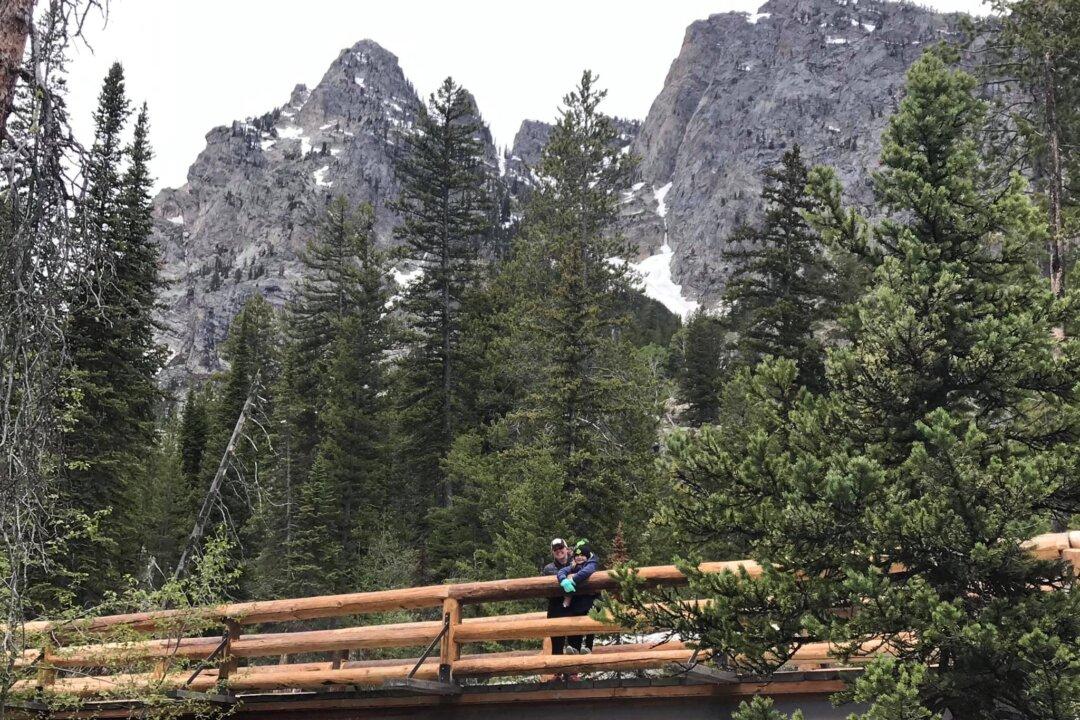When Melissa Taylor lost her job to a pandemic workforce reduction, she made lemonade and headed west.
“I knew with everything being closed down, I just wanted to see all this. I knew I’d never have this much time again.”
In late May, Taylor and her 7-year-old daughter Lydia packed up their Dodge Grand Caravan and hit the road, with a plan to visit as many national parks as they could. The road trip turned into a 45-day adventure of a lifetime.





